Originally posted by bart
View Post
| Date of measurement | Extreme poverty | Under poverty line |
|---|---|---|
| May 2001 | 11.6% | 35.9% |
| Oct 2001 | 13.6% | 38.3% |
| May 2002 | 24.8% | 53.0% |
| Oct 2002 | 27.5% | 57.5% |
| May 2003 | 26.3% | 54.7% |
| 2nd sem 2003 | 20.5% | 47.8% |
| 1st sem 2004 | 17.0% | 44.3% |
| 2nd sem 2004 | 15.0% | 40.2% |
| 1st sem 2005 | 13.6% | 38.5% |
| 2nd sem 2005 | 12.2% | 33.8% |
| 1st sem 2006 | 11.2% | 31.4% |
| 2nd sem 2006 | 8.7% | 26.4% |
| 2nd sem 2007 | 5.9% | 20.6% |
| 1st sem 2008 | 5.1% | 17.8% |
| 2nd sem 2008 | 4.4% | 15.3% |
 ) this time, a short time looking around in tinfoil hat mode will show a lot more beasts available and waiting.
) this time, a short time looking around in tinfoil hat mode will show a lot more beasts available and waiting.


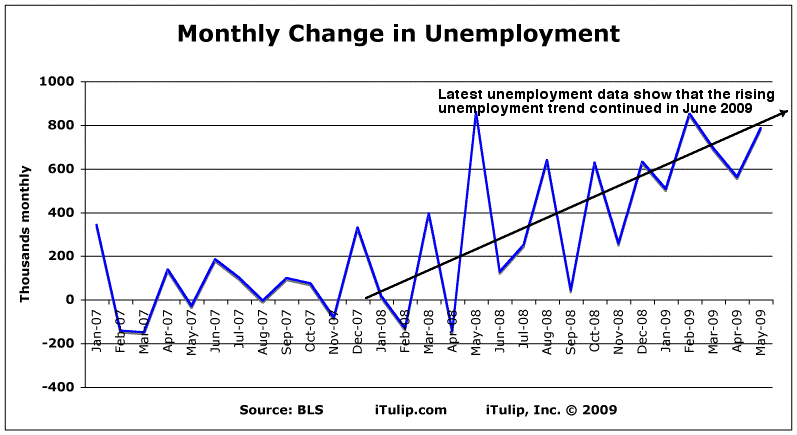
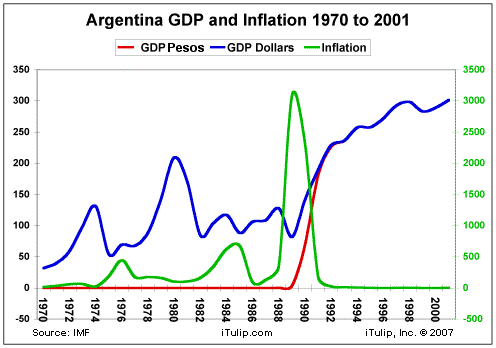
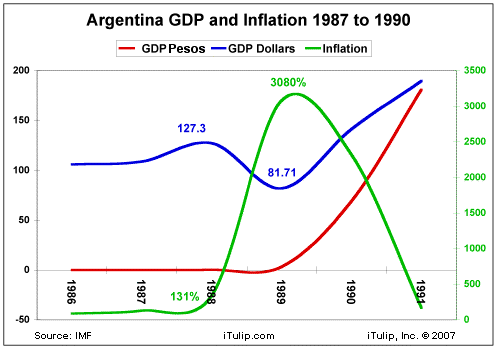
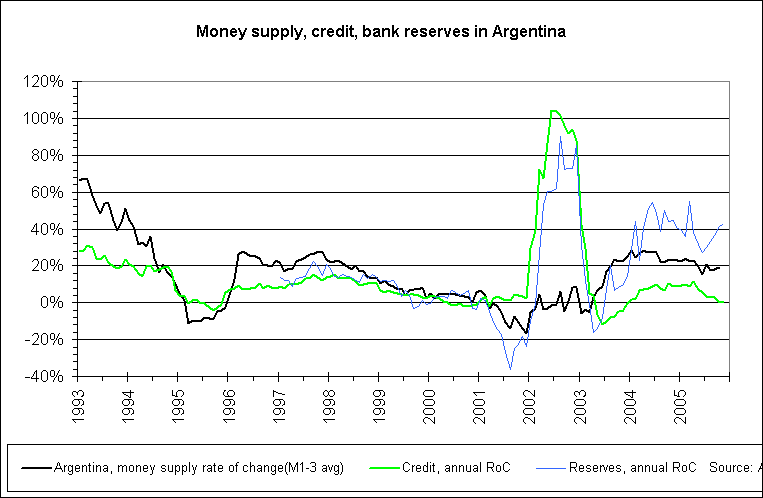

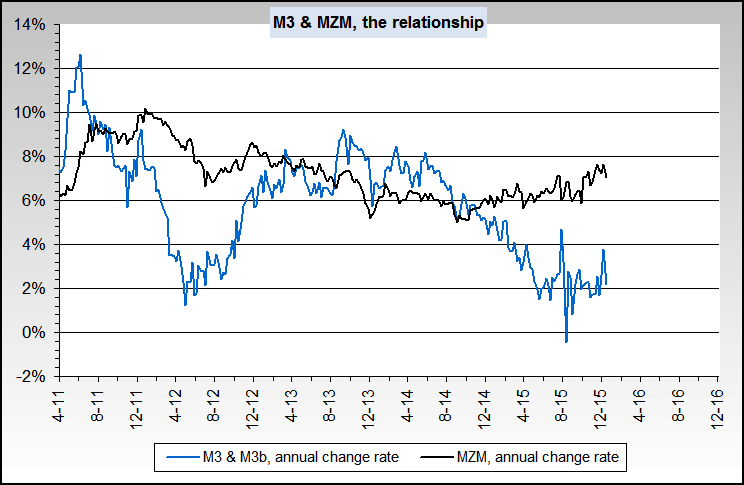
Leave a comment: